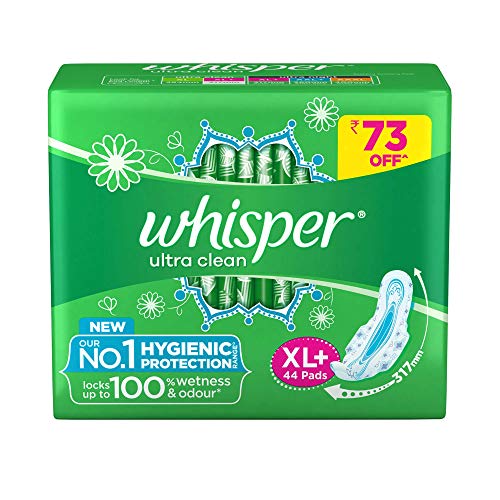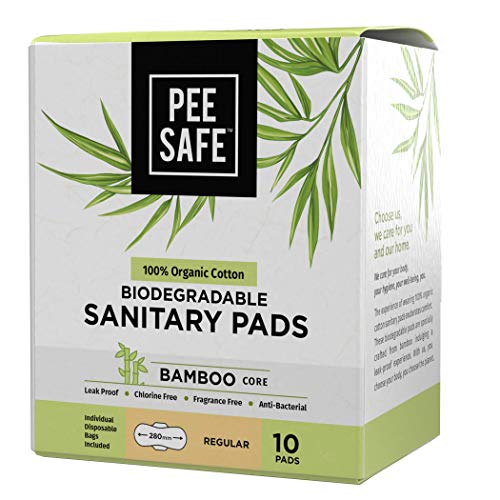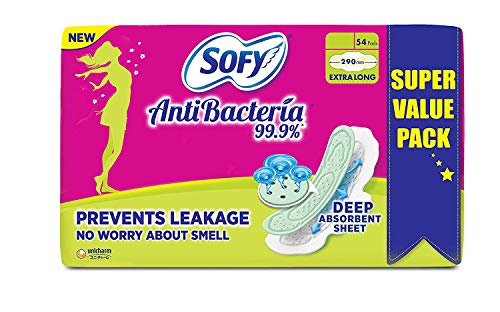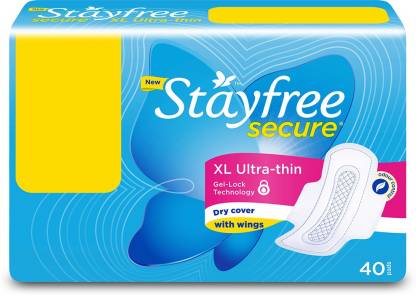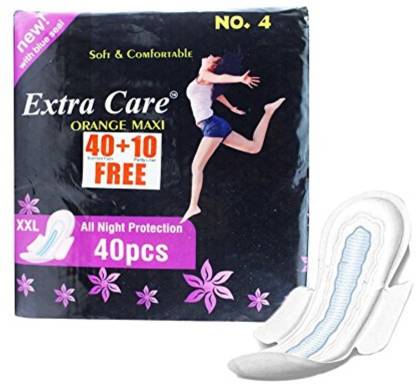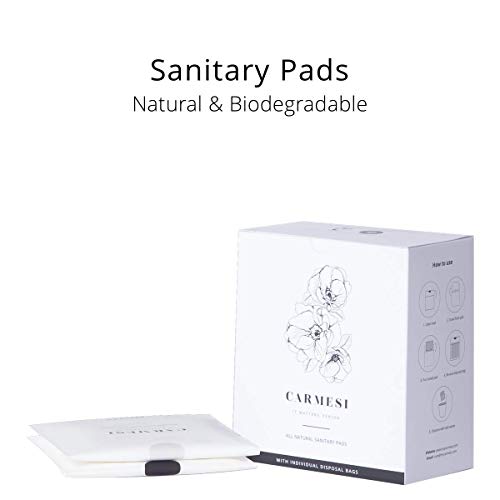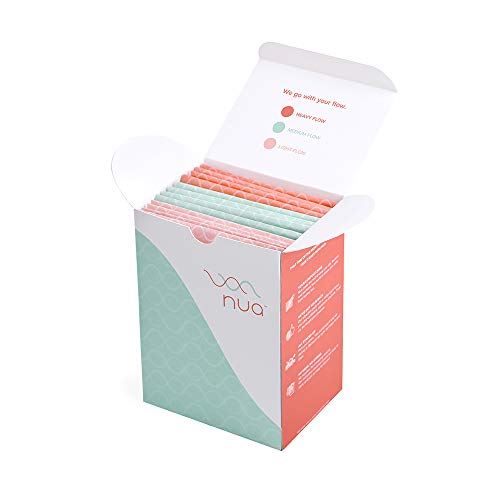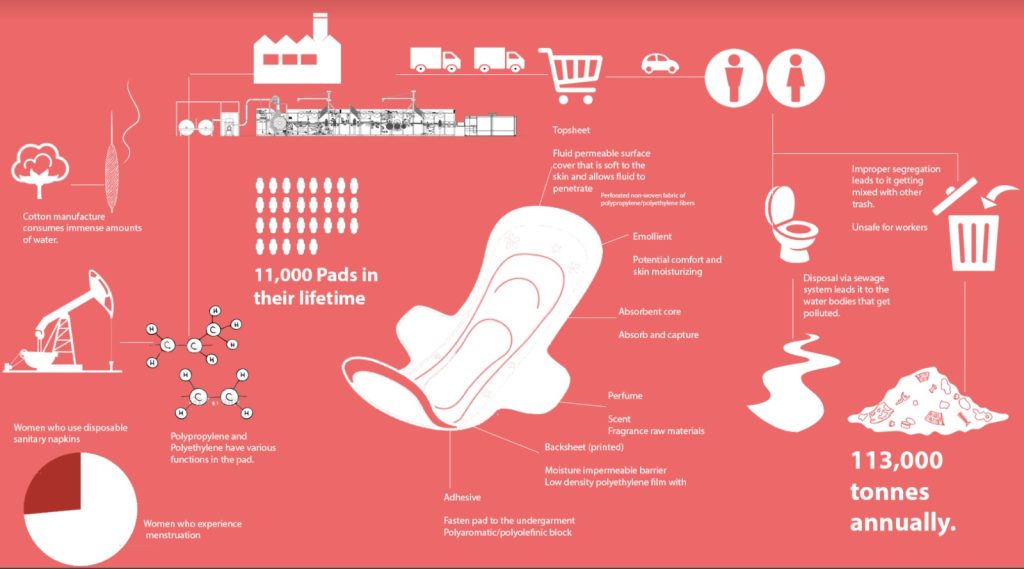Introduction
Sanitary pads are an essential part of every menstruating person’s life. They provide comfort, protection, and convenience during what can often be a challenging time of the month. However, not all sanitary pads are created equal, and finding the best ones for your needs can be daunting. The Best Sanitary Pads in India offer superior absorbency, comfortable wear, and a secure fit to prevent leaks and discomfort.
But, with so many options flooding the market, it can take time to choose the best one that fulfils your ideal requirements. You may be in confusion wondering about below questions:
1. Which sanitary pad is good?
2. What are its benefits or disadvantages?
3. What to look for while buying Sanitary Pads?
Knowing what to look for to make an informed decision is essential. In this guide, we’ll take a closer look at some of the best sanitary pads available and what sets them apart from the rest so that you can find the perfect one for you.

Our pick of the 8 best Sanitary Napkins of 2024 in India
Zotezo Score | Best Sanitary Pads | Lowest Price |
|---|---|---|
|
A+ |
||
|
A |
||
|
A |
||
|
B+ |
||
|
B |
||
|
B |
||
|
C+ |
||
|
C+ |
Tips for choosing the right Sanitary Napkins for you
Choosing the Best Sanitary Pads in India can be overwhelming, with so many options available. Here are some factors to consider to help you make the best choice for your needs:
Absorbency
The level of absorbency required varies from person to person. Look for pads that offer a range of absorbances, so you can choose the one that suits your flow.
Size and shape
Sanitary pads come in different sizes and shapes, including regular, long, overnight, and panty liners. Consider the length and width of the pad and how it will fit with your underwear to ensure comfort and adequate coverage.
Comfort and flexibility
Look for pads made from soft, breathable materials that offer flexibility and conform to your body’s contours. This will help prevent discomfort, chafing, and irritation.
Leakage protection
The best sanitary pads should offer a high level of protection against leaks so you can move around confidently. Look for pads with leak-proof barriers, such as wings or raised edges.
Sustainability
Consider the environmental impact of the pads you choose. Look for pads made from sustainable materials that offer eco-friendly packaging.
Price
Sanitary pads can vary in price. Look for pads that offer value for money, with a balance between quality and affordability.
Considering these factors, you can make an informed decision and choose the best sanitary pads for your needs.
Products listed here are carefully reviewed and tested by our expert authors and reviewers. If you buy through links on this page, we may earn a small commission. Here’s our editorial process.
How we reviewed these products
Benefits of using Sanitary Napkins
Sanitary pads offer several benefits, including:
Comfort
Sanitary pads are designed to be comfortable and provide protection and coverage during menstruation.
Hygiene
Sanitary pads help to maintain good menstrual hygiene by preventing blood from coming into contact with clothing and undergarments.
Convenience
Sanitary pads are easy to use and are available in a range of sizes and absorbencies, making them a convenient choice for people with varying levels of menstrual flow.
Leakage protection
Sanitary pads offer leak-proof protection, providing peace of mind during menstruation and allowing people to go about their daily activities without fear of embarrassment.
Health
Sanitary pads are a healthier alternative to other menstrual products like tampons, which have been linked to the risk of toxic shock syndrome (TSS).
Sustainability
Many brands of sanitary pads are now made from eco-friendly materials, making them a sustainable choice for menstruating people.
Types of Sanitary Pads
There are several types of sanitary pads available on the market. Here are some of the most common types:
Regular pads
Regular pads are designed for moderate to heavy flow. They have a basic shape and come with adhesive strips to keep them in place.
Maxi pads
Maxi pads are longer and thicker than regular pads. They are designed for heavy flow and overnight use.
Ultra-thin pads
Ultra-thin pads are designed to be very thin and discreet but still provide good absorbency. They are ideal for light to moderate flow.
Panty liners
Panty liners are very thin and designed for light spotting, daily discharge, or as a backup for menstrual cups or tampons. They can also be used at the beginning or end of a period when the flow is light.
Organic pads
Organic pads are made from natural materials like cotton and do not contain synthetic materials or chemicals. They are a good option for people with sensitive skin or allergies.
Scented pads
Some pads are scented with fragrances to help mask odors. However, scented pads may cause irritation and should be avoided by those with sensitive skin or allergies.
Choosing a type of pad that suits your needs and preferences and changing your pad frequently to maintain good hygiene is essential.
Disadvantages of Sanitary Pads
While sanitary pads are a convenient and widely used menstrual hygiene product, they have some potential disadvantages. Here are some of the most common disadvantages:
Skin irritation
Some people may experience skin irritation or rashes from wearing sanitary pads, especially if they have sensitive skin or are allergic to the materials in the pad.
Discomfort
Pads can be uncomfortable to wear, especially if they are thick or bulky. They may also shift or bunch up, causing discomfort or even leakage.
Odor
Pads can sometimes develop an unpleasant odor, significantly if they are not changed frequently enough or if they are scented with fragrances.
Environmental impact
Pads are disposable and can contribute to environmental waste. Additionally, many pads contain plastic and other non-biodegradable materials.
Cost
Pads can be expensive, especially if you need to use them frequently.
Inconvenience
Pads require regular changing, which can be inconvenient or difficult when you are away from home or in a public restroom.
While these disadvantages can be significant for some people, it’s important to remember that many menstrual hygiene products are available on the market, and it may take some experimentation to find the best product for your needs and preferences.
How to Use Sanitary Pads
Here are the steps for using sanitary pads:
- Wash your hands thoroughly with soap and water before handling a pad.
- Remove the pad from its packaging and unfold it.
- Remove the backing from the adhesive strips on the bottom of the pad.
- Position the pad in your underwear so that the adhesive side is facing down and the pad is centered on your underwear.
- If the pad has wings, fold them over the sides of your underwear to help keep the pad in place.
- Adjust the pad so that it feels comfortable and secure.
- If you have a heavy flow, consider wearing a thicker or longer pad or a pad specifically designed for overnight use.
- Change the pad every 4-6 hours, or more frequently if necessary, to maintain good hygiene and prevent leaks.
- To remove the pad, gently peel it off your underwear and wrap it in toilet paper or the wrapper from a new pad before disposing it in a waste bin. Do not flush pads down the toilet.
Side-effects of using Sanitary Pads
While sanitary pads are generally safe to use, some individuals may experience skin irritation or allergic reactions to the materials used in the pads, particularly if they have sensitive skin or allergies. Prolonged use of sanitary pads without changing them regularly can also increase the risk of bacterial growth and potential infections. It’s important to maintain good hygiene practices and change pads frequently to minimize these risks. If you experience persistent irritation or discomfort, consider trying alternative menstrual products or consulting a healthcare professional for advice.
Who should use Sanitary Napkins
Sanitary napkins are suitable for individuals who menstruate and prefer a convenient, non-invasive option for managing menstrual flow. They are ideal for those with sensitive skin or allergies, as they come in hypoallergenic options and are less likely to cause irritation. Additionally, sanitary napkins are preferred by individuals who seek discreet menstrual protection and easy disposal, making them a practical choice for various lifestyles and preferences.
How to apply Sanitary Pads
Here’s a step-by-step guide on how to use a sanitary pad:
- Choose the Right Size: Sanitary pads come in various sizes and absorbencies. Choose one that suits your flow and fits comfortably in your underwear.
- Wash Your Hands: Before handling the pad, make sure to wash your hands thoroughly with soap and water to minimize the risk of infection.
- Remove the Pad from its Wrapper: Unwrap the sanitary pad carefully to avoid tearing or damaging it.
- Position the Pad: Take the pad and peel off the adhesive backing to expose the sticky side. Position the pad in the center of your underwear, making sure the wider part of the pad (the back) is at the back of your underwear and the narrower part (the front) is at the front.
- Secure the Pad: Press down on the adhesive strips to ensure the pad stays in place and doesn’t shift during movement.
- Adjust as Necessary: If needed, adjust the position of the pad to ensure it’s comfortable and provides adequate coverage.
- Change Regularly: It’s important to change your pad regularly, at least every 4-6 hours or more frequently if you have heavy flow, to maintain hygiene and prevent leakage.
- Dispose of Used Pad Properly: When it’s time to change your pad, fold it up and wrap it in its wrapper or toilet paper to contain any blood and odor. Dispose of it in a waste bin designated for sanitary products. Avoid flushing pads down the toilet as they can cause plumbing issues.
- Wash Your Hands Again: After disposing of the used pad, wash your hands thoroughly with soap and water to maintain hygiene.
Understand the who, what & why behind your favourite products
Brand Values | Product Philosophy | Product USPs
Read brand stories, their raison-d'etre, and understand what drives them to caringly create the highest quality products for your well-being.
Brand stories
Frequently asked questions on Sanitary Napkins
1. How often should I change my pad?
2. How do I dispose of used pads?
3. Can I wear a pad overnight?
4. How do I choose the right size pad?
5. Can I swim or exercise while wearing a pad?
6. Can I use scented pads?
7. Are there eco-friendly options for pads?
Expert reviews you can rely upon
Expert Insights | Product Reviews | Connect with Experts
Gain valuable insights and read unbiased product reviews by subject matter Experts on Zotezo, the ultimate trust commerce platform, that empowers millions globally to make informed decisions for their wellbeing.
Expert Advisory
Conclusion
The best sanitary pads for you will depend on your individual needs and preferences, including your flow level, comfort level, and environmental concerns. Remember, choosing a sanitary pad that fits your needs and preferences and changing your pad frequently to maintain good hygiene and prevent leaks is essential. Consult with a healthcare provider if you have any concerns or questions about using pads.
Did you like this article? Then, please share it with your friends and family looking for the best Sanitary Pads. Did we miss out on anything? Please let us know in the comments section below. Also, remember to mention your favorite pick of the Best Sanitary Pads in India.

